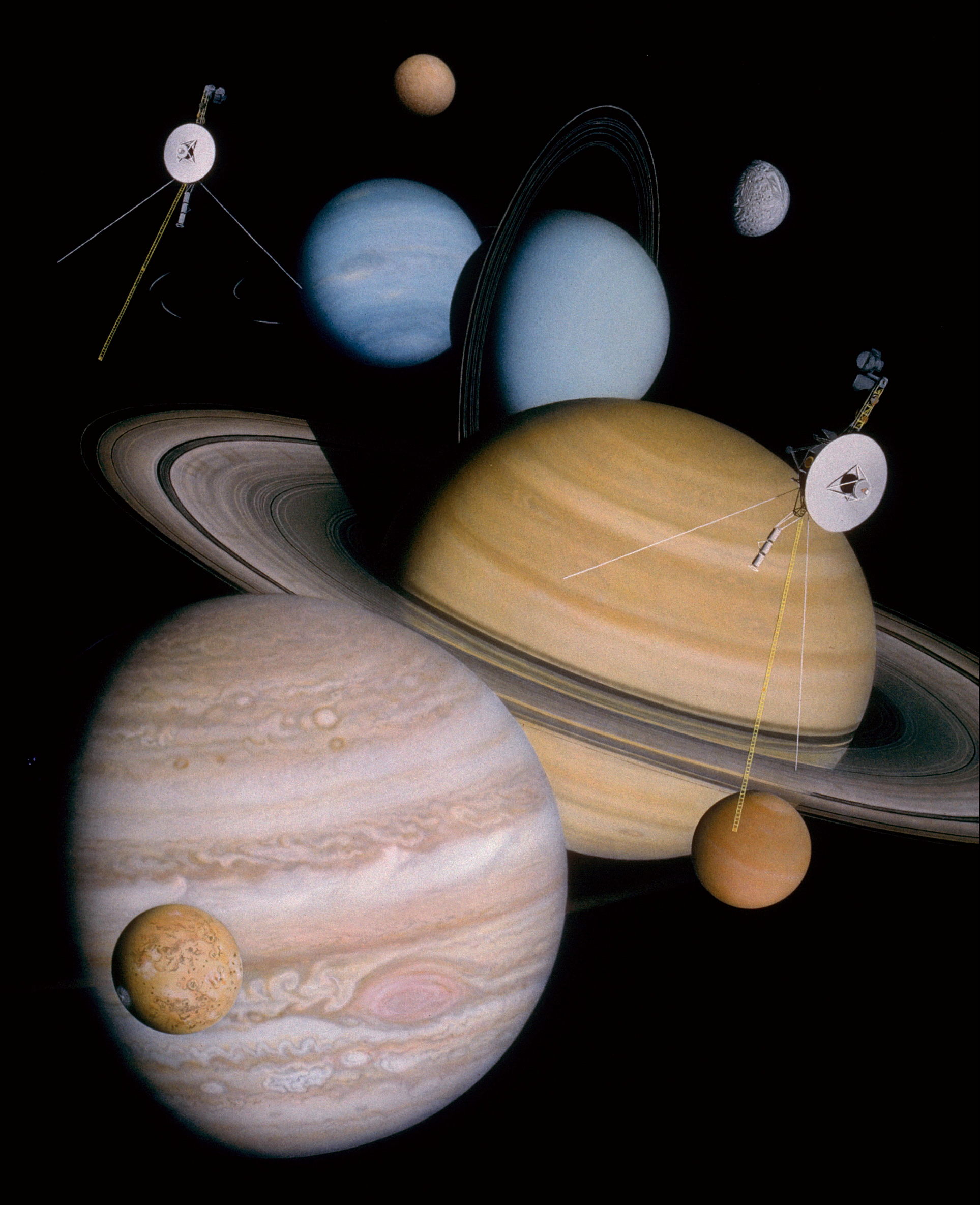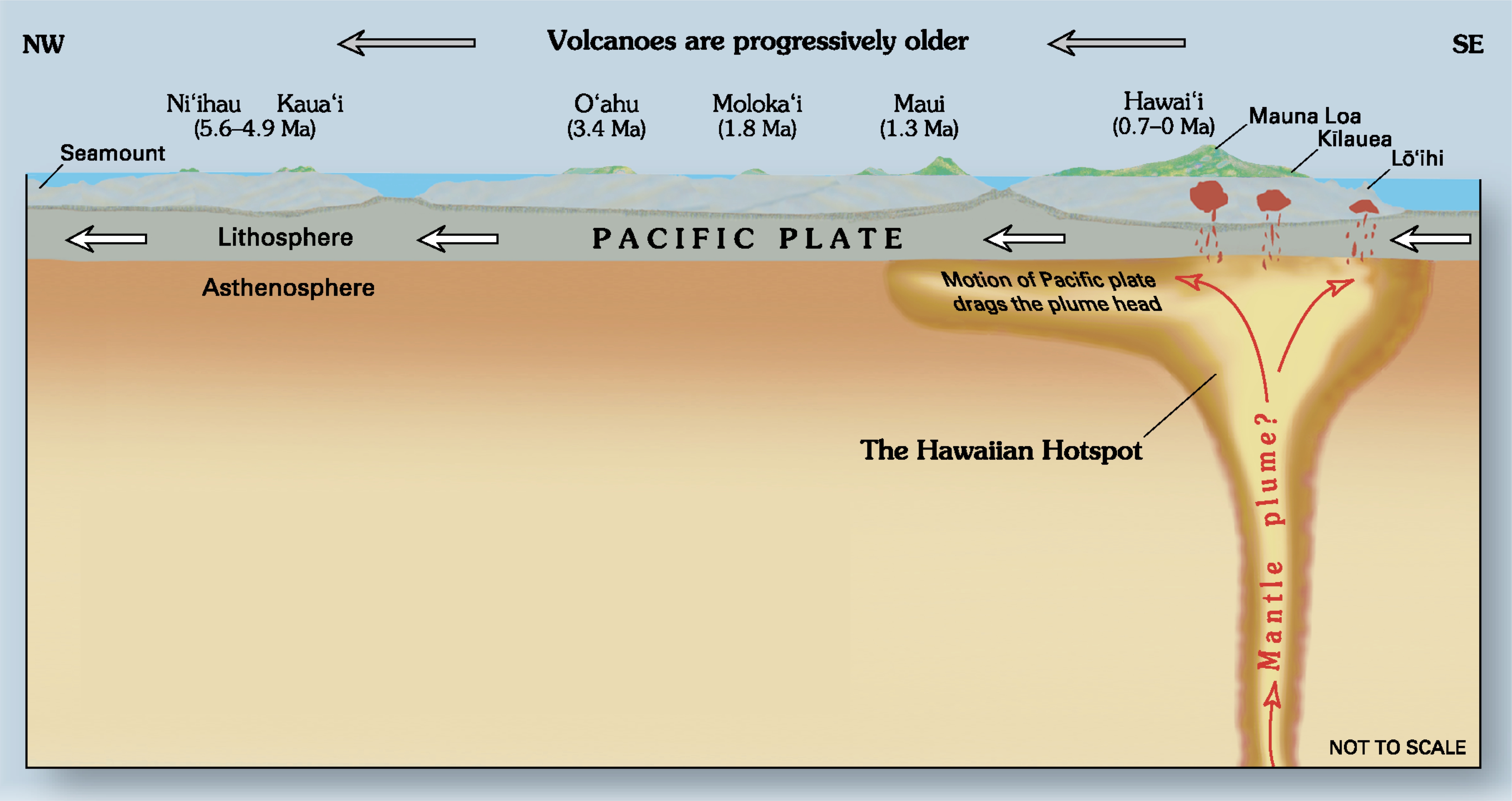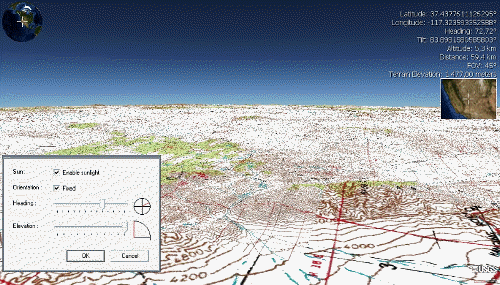|
Viracocha Patera
Viracocha Patera is a patera, or a complex crater with scalloped edges, on Jupiter's moon Io. It is about 61 kilometers in diameter and is located at . It is named after the Quechua creator god Viracocha. The name was adopted by the International Astronomical Union in 1979. Viracocha Patera is a Voyager spacecraft-detected hot spot. To Viracocha Patera's east-northeast is Mithra Patera, and to the northeast is the mountain Silpium Mons.''NASA World Wind NASA WorldWind is an open-source (released under the NOSA license and the Apache 2.0 license) virtual globe. According to the website (https://worldwind.arc.nasa.gov/), "WorldWind is an open source virtual globe API. WorldWind allow ...'' 1.4. NASA Ames Research Center, 2007. References {{Io Surface features of Io (moon) ... [...More Info...] [...Related Items...] OR: [Wikipedia] [Google] [Baidu] |
Babbar Patera
Babbar Patera is a patera, or a complex crater with scalloped edges, on Jupiter's moon Io. It is about 86 kilometers in diameter and is located at . It is named after a Sumerian sun god, and its name was approved by the International Astronomical Union in 1979. Some scarps near Babbar Patera may represent faults. Immediately south of Babbar Patera is the plateau Lyrcea Planum, and further south is Svarog Patera. To the east is the mountain Egypt Mons.''NASA World Wind NASA WorldWind is an open-source (released under the NOSA license and the Apache 2.0 license) virtual globe. According to the website (https://worldwind.arc.nasa.gov/), "WorldWind is an open source virtual globe API. WorldWind allow ...'' 1.4. NASA Ames Research Center, 2007. References {{Io Surface features of Io (moon) ... [...More Info...] [...Related Items...] OR: [Wikipedia] [Google] [Baidu] |
Patera (planetary Nomenclature)
Patera (plural: paterae ) is an irregular crater, or a complex crater with scalloped edges on a celestial body. Paterae can have any origin (volcanic, impact or other), although majority of them were created by volcanism. The term comes from Latin language, where it refers to a shallow bowl used in antique culture. This term is used in planetary nomenclature: it is a part of the international names of such features. In such names, it is capitalized and stands after the proper given name (e.g., Pillan Patera). Besides that, it can be used as a description term and applied even to unnamed features. Nature of paterae The term "patera", like other terms of planetary nomenclature, describes only the external view of the feature, but not its origin or geological structure. Majority of paterae of Venus, Mars and Io are volcanic craters or calderas, but some others (like Orcus Patera on Mars), probably, are impact craters. At least some of paterae on Triton and the only (as for 2016) ... [...More Info...] [...Related Items...] OR: [Wikipedia] [Google] [Baidu] |
Jupiter
Jupiter is the fifth planet from the Sun and the List of Solar System objects by size, largest in the Solar System. It is a gas giant with a mass more than two and a half times that of all the other planets in the Solar System combined, but slightly less than one-thousandth the mass of the Sun. Jupiter is the List of brightest natural objects in the sky, third brightest natural object in the Earth's night sky after the Moon and Venus, and it has been observed since Pre-history, prehistoric times. It was named after the Jupiter (mythology), Roman god Jupiter, the king of the gods. Jupiter is primarily composed of hydrogen, but helium constitutes one-quarter of its mass and one-tenth of its volume. It probably has a rocky core of heavier elements, but, like the other giant planets in the Solar System, it lacks a well-defined solid surface. The ongoing contraction of Jupiter's interior generates more heat than it receives from the Sun. Because of its rapid rotation, the planet' ... [...More Info...] [...Related Items...] OR: [Wikipedia] [Google] [Baidu] |
Io (moon)
Io (), or Jupiter I, is the innermost and third-largest of the four Galilean moons of the planet Jupiter. Slightly larger than Earth’s moon, Io is the fourth-largest moon in the Solar System, has the highest density of any moon, the strongest surface gravity of any moon, and the lowest amount of water (by atomic ratio) of any known astronomical object in the Solar System. It was discovered in 1610 by Galileo Galilei and was named after the mythological character Io, a priestess of Hera who became one of Zeus's lovers. With over 400 active volcanoes, Io is the most geologically active object in the Solar System. This extreme geologic activity is the result of tidal heating from friction generated within Io's interior as it is pulled between Jupiter and the other Galilean moons—Europa, Ganymede and Callisto. Several volcanoes produce plumes of sulfur and sulfur dioxide that climb as high as above the surface. Io's surface is also dotted with more than 100 mountains that ... [...More Info...] [...Related Items...] OR: [Wikipedia] [Google] [Baidu] |
Quechua People
Quechua people (, ; ) or Quichua people, may refer to any of the aboriginal people of South America who speak the Quechua languages, which originated among the Indigenous people of Peru. Although most Quechua speakers are native to Peru, there are some significant populations in Ecuador, Bolivia, Chile, Colombia, and Argentina. The most common Quechua dialect is Southern Quechua. The Kichwa people of Ecuador speak the Kichwa dialect; in Colombia, the Inga people speak Inga Kichwa. The Quechua word for a Quechua speaker is ''runa'' or ''nuna'' ("person"); the plural is ''runakuna'' or ''nunakuna'' ("people"). "Quechua speakers call themselves Runa -- simply translated, 'the people.'" Some historical Quechua people are: * The Chanka people, who lived in the Huancavelica, Ayacucho, and Apurímac regions of Peru. * The Huanca people of the Junín Region of Peru, who spoke Quechua before the Incas did. * The Inca, who established the largest empire of the pre-Columbian era. * T ... [...More Info...] [...Related Items...] OR: [Wikipedia] [Google] [Baidu] |
Viracocha
Viracocha is the great creator deity in the pre-Inca and Inca mythology in the Andes region of South America. Full name and some spelling alternatives are Wiracocha, Apu Qun Tiqsi Wiraqutra, and Con-Tici (also spelled Kon-Tiki, the source of the name of Thor Heyerdahl's raft). Viracocha was one of the most important deities in the Inca pantheon and seen as the creator of all things, or the substance from which all things are created, and intimately associated with the sea.:56 Viracocha created the universe, sun, moon, and stars, time (by commanding the sun to move over the sky) and civilization itself. Viracocha was worshipped as god of the sun and of storms. He was represented as wearing the sun for a crown, with thunderbolts in his hands, and tears descending from his eyes as rain. In accord with the Inca cosmogony, Viracocha may be assimilated to Saturn, the "old god", the maker of time or "deus faber" (god maker), corresponding to the visible planet with the longest revolu ... [...More Info...] [...Related Items...] OR: [Wikipedia] [Google] [Baidu] |
International Astronomical Union
The International Astronomical Union (IAU; french: link=yes, Union astronomique internationale, UAI) is a nongovernmental organisation with the objective of advancing astronomy in all aspects, including promoting astronomical research, outreach, education, and development through global cooperation. It was founded in 1919 and is based in Paris, France. The IAU is composed of individual members, who include both professional astronomers and junior scientists, and national members, such as professional associations, national societies, or academic institutions. Individual members are organised into divisions, committees, and working groups centered on particular subdisciplines, subjects, or initiatives. As of 2018, the Union had over 13,700 individual members, spanning 90 countries, and 82 national members. Among the key activities of the IAU is serving as a forum for scientific conferences. It sponsors nine annual symposia and holds a triannual General Assembly that sets policy ... [...More Info...] [...Related Items...] OR: [Wikipedia] [Google] [Baidu] |
Voyager Program
The Voyager program is an American scientific program that employs two robotic interstellar probes, ''Voyager 1'' and ''Voyager 2''. They were launched in 1977 to take advantage of a favorable alignment of Jupiter and Saturn, to Flyby (spaceflight), fly near them while collecting data for transmission back to Earth. After launch the decision was taken to send ''Voyager 2'' near Uranus and Neptune to collect data for transmission back to Earth. As of 2022, the Voyagers are still in operation past the outer boundary of the heliosphere in interstellar space. They collect and transmit useful data to Earth. , ''Voyager 1'' was moving with a velocity of , or 17 km/s, relative to the Sun, and was from the Sun reaching a distance of from Earth as of February 10, 2022. On 25 August 2012, data from ''Voyager 1'' indicated that it had entered interstellar space. , ''Voyager 2'' was moving with a velocity of , or 15 km/s, relative to the Sun, and was from the Sun reaching a distan ... [...More Info...] [...Related Items...] OR: [Wikipedia] [Google] [Baidu] |
Hotspot (geology)
In geology, hotspots (or hot spots) are volcanic locales thought to be fed by underlying mantle that is anomalously hot compared with the surrounding mantle. Examples include the Hawaii, Iceland, and Yellowstone hotspots. A hotspot's position on the Earth's surface is independent of tectonic plate boundaries, and so hotspots may create a chain of volcanoes as the plates move above them. There are two hypotheses that attempt to explain their origins. One suggests that hotspots are due to mantle plumes that rise as thermal diapirs from the core–mantle boundary. The alternative plate theory is that the mantle source beneath a hotspot is not anomalously hot, rather the crust above is unusually weak or thin, so that lithospheric extension permits the passive rising of melt from shallow depths. Origin The origins of the concept of hotspots lie in the work of J. Tuzo Wilson, who postulated in 1963 that the formation of the Hawaiian Islands resulted from the slow movement of a tecton ... [...More Info...] [...Related Items...] OR: [Wikipedia] [Google] [Baidu] |
Mithra Patera
Mithra Patera is a patera, or a complex crater with scalloped edges, on Jupiter's moon Io. It is about 34 kilometers in diameter and is located at . It is named after the Persian god of light, Mithra. Its name was adopted by the International Astronomical Union in 1985. To the north is Silpian Mons, and to the east is Pyerun Patera. Located southwest is Viracocha Patera.''NASA World Wind NASA WorldWind is an open-source (released under the NOSA license and the Apache 2.0 license) virtual globe. According to the website (https://worldwind.arc.nasa.gov/), "WorldWind is an open source virtual globe API. WorldWind allow ...'' 1.4. NASA Ames Research Center, 2007. References {{authority control Surface features of Io (moon) ... [...More Info...] [...Related Items...] OR: [Wikipedia] [Google] [Baidu] |
Silpium Mons
Silpium Mons is a mountain on Jupiter's moon Io. It is 5.6 kilometers in height, 113 kilometers in length, and 79.7 kilometers in width. It covers an area of 7073 km2. It is a striated ridge, meaning it is an elevated structure dominated by one or more prominent linear or arcuate rises. It is named after a location in Greece where the mythological Io died of grief. Its name was adopted by the International Astronomical Union in 1979. It is located at , south of Svarog Patera, north of Mithra Patera, and northeast of Viracocha Patera. Its proximity to Svarog and Viracocha Paterae has been suggested to be evidence for a structural relationship between mountains and caldera A caldera ( ) is a large cauldron-like hollow that forms shortly after the emptying of a magma chamber in a volcano eruption. When large volumes of magma are erupted over a short time, structural support for the rock above the magma chamber is ...s on Io.Harland, David M. (2000). ''Jupiter Odyssey: The ... [...More Info...] [...Related Items...] OR: [Wikipedia] [Google] [Baidu] |
NASA World Wind
NASA WorldWind is an open-source (released under the NOSA license and the Apache 2.0 license) virtual globe. According to the website (https://worldwind.arc.nasa.gov/), "WorldWind is an open source virtual globe API. WorldWind allows developers to quickly and easily create interactive visualizations of 3D globe, map and geographical information. Organizations around the world use WorldWind to monitor weather patterns, visualize cities and terrain, track vehicle movement, analyze geospatial data and educate humanity about the Earth." It was first developed by NASA in 2003 for use on personal computers and then further developed in concert with the open source community since 2004. As of 2017, a web-based version of WorldWind is available online. An Android version is also available. The original version relied on .NET Framework, which ran only on Microsoft Windows. The more recent Java version, WorldWind Java, is cross platform, a software development kit (SDK) aime ... [...More Info...] [...Related Items...] OR: [Wikipedia] [Google] [Baidu] |






